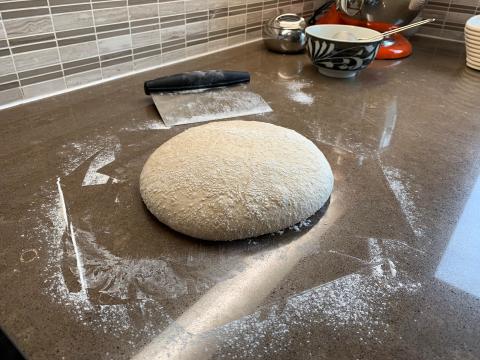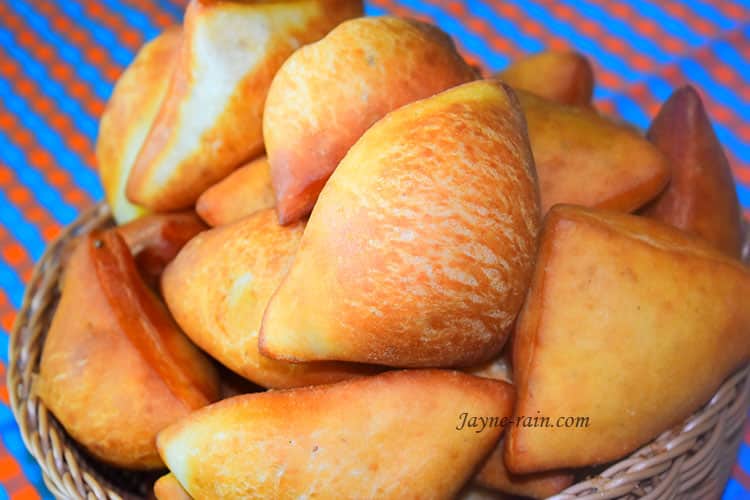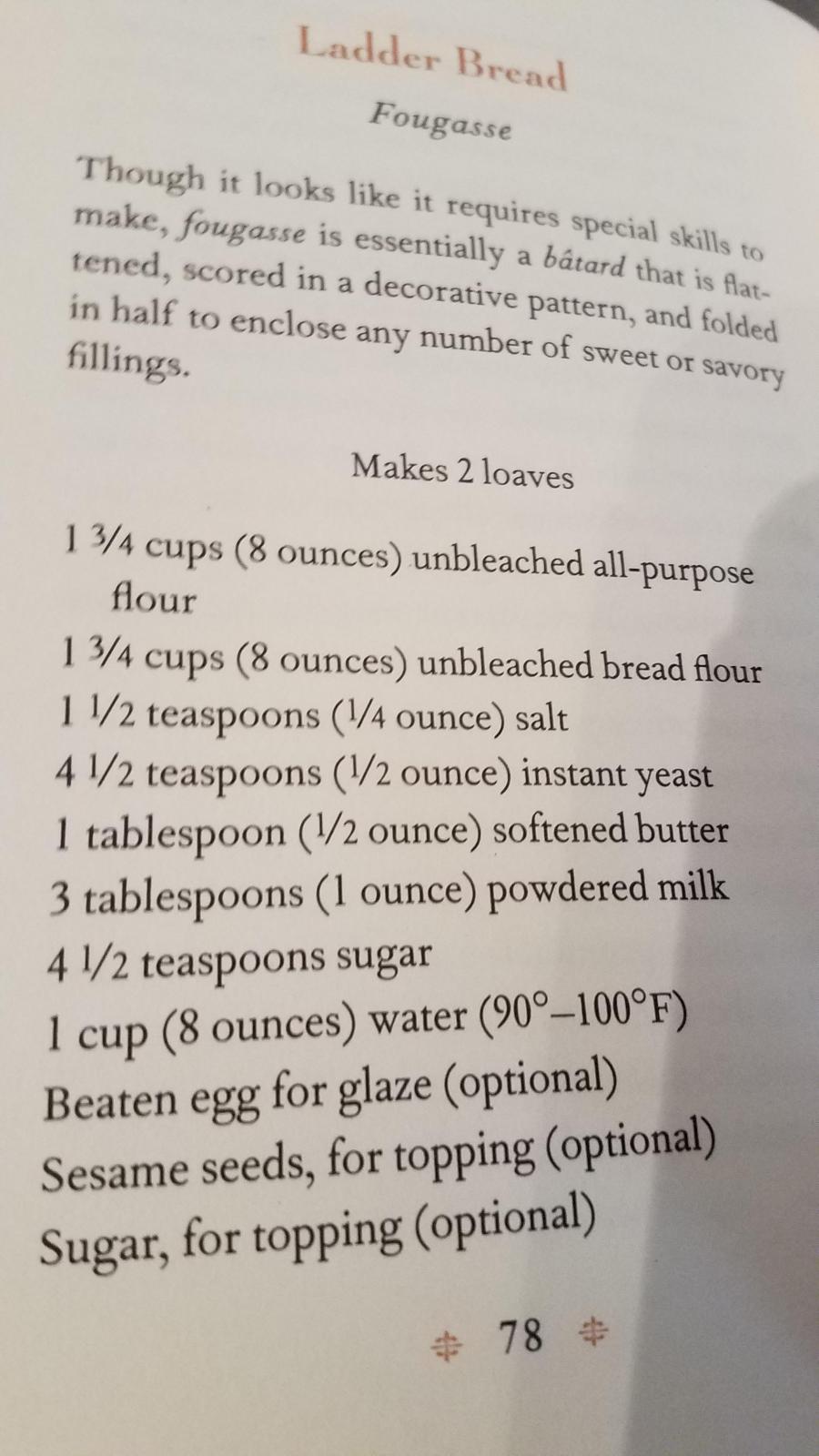
40% Whole Red Fife Sourdough
I based my recipe on Maurizio’s Fifty-Fifty Whole Wheat Sourdough Bread. I decided to lower the whole wheat just a bit.
For single loaf weight 750 grams 40% Red Fife
Weight | Ingredient | Baker’s Percentage |
151 g | Red Fife Stoneground | 40% |
227 g | White Bread Flour | 60% |
310 g | H2O @ 90ºF | 82% |
9 g | Fine Sea Salt | 2.3% |
54 g | Mature Liquid Levain | 14.14% |
|
|
|
|
|
|
Hold 50 g of water
Levain for single loaf weight 750 grams
Weight | Ingredient | Baker’s Percentage |
30 g | 100% hydration starter | 100% |
15 g | Red Fife Flour | 50% |
15 g | Bread Flour | 50% |
30 g | Water | 100% |
I started the Levain and autolyse at the same time. With a room temperature of around 80ºF this ran for about 4.5 hours.
I then added the levain to the autolysed dough working it in using half of the hold back water. Then sprinkled the salt on the dough and worked it in with the remaining hold back water.
Next for 5 minutes I did slap and folds for the first time. This was interesting to do and I think it might have been easier if I was making a larger loaf.
Bulk fermentation went for about 5 hours and I did 5 sets of stretch and folds during the first 2 hours or so.
Once bulk was completed and the dough was bubbly I did an initial shaping. After a bench rest of 20 minutes I shaped into a batard and placed in the banneton. The banneton was put into a plastic bag and left on the counter for 30 minutes before placing it into the fridge for about a 16 hour cold fermentation.
After heating my cast iron Dutch oven in my oven for 1 hour at 500ºF I inverted the banneton onto a sheet of parchment and used a butter knife to remove excess rice flour. I then spritzed the dough with some water and then scored the dough. I quickly placed the dough into the Dutch oven and baked at 500ºF for 20 minutes. I then removed the lid and dropped the oven temperature to 425ºF baking for a further 20 mins at which time I took the loaf out of the oven and placed on a baking rack.
This is the first loaf I have made that had any sort of ear, so I’m excited that maybe I’m getting a better handle on final shaping. Hopefully I can build on this success and get even more tension on the skin of the dough to get even better oven spring and better ears in the future.





















































